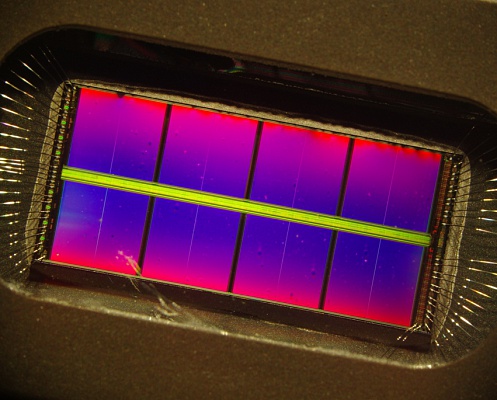NEWS
Light-Based Computers Will Be Here Within 10 Years

Computers process information based on electrons—particles representing binary bits via their respective charges. These electrons are shuttled around microprocessors and memory banks via conductive "wires" rendered incomprehensibly small thanks to nanoscale lithographic techniques. In the grand scheme of information, however, those pathways are still enormous, like building subway tunnels for cockroaches.
A reasonable next step beyond electrons and electricity, generally, would be optics: information via photons, or light particles. This is a possibility—or perhaps inevitability—being aggressively researched by physicists and materials scientists. Computing may be one step closer to the photonic information age with the apparent resolution of one of the technology's deepest problems: fine-tuning the electrical conductivity of glass.
"The challenge is to find a single material that can effectively use and control light to carry information around a computer," noted Richard Curry, the current study's lead investigator and a physicist the University of Surrey, in a statement. "Much like how the web uses light to deliver information, we want to use light to both deliver and process computer data."






